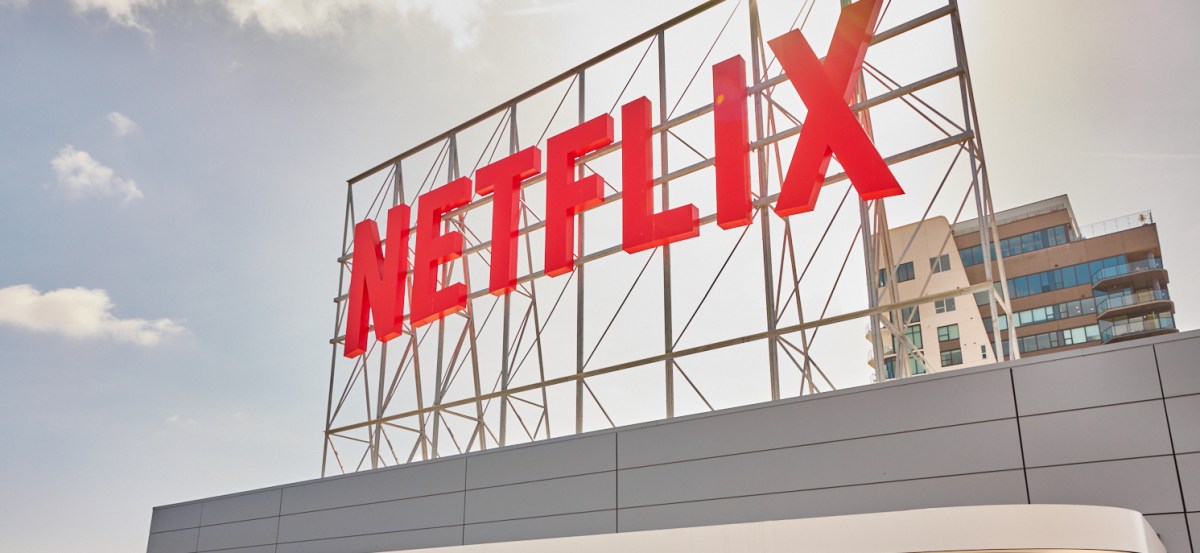Netflix announced during its Upfronts presentation on Wednesday that it’s launching its own advertising technology platform only a year and a half after entering the ads business. This move pits it against other industry heavyweights with ad servers, like Google, Amazon and Comcast.
The announcement signifies a significant shake-up in the streaming giant’s advertising approach. The company originally partnered with Microsoft to develop its ad tech, letting Netflix enter the ad space quickly and catch up with rivals like Hulu, which has had its own ad server for over a decade.
With the launch of its in-house ad tech, Netflix is poised to take full control of its advertising future. This strategic move will empower the company to create targeted and personalized ad experiences that resonate with its massive user base of 270 million subscribers.
“Bringing our ad tech in-house will allow us to power the ads plan with the same level of excellence that’s made Netflix the leader in streaming technology today,” said Amy Reinhard, Netflix’s president of advertising. “We’re being incredibly strategic about how we present ads because we want our members to have a phenomenal experience. We conduct deep consumer research to make sure we stay ahead of the competition, bringing opportunities that are better for members and better for brands.”
Netflix didn’t say exactly how its in-house solution will change the way ads are delivered, but it’s likely it’ll move away from generic advertisements. According to the Financial Times, Netflix wants to experiment with “episodic” campaigns, which involve a series of ads that tell a story rather than delivering repetitive ads.
During the presentation, Netflix also noted that it’ll expand its buying capabilities this summer, which will now include The Trade Desk, Google’s Display & Video 360 and Magnite as partners. Notably, competitor Disney+ also has an advertising agreement with The Trade Desk.
Netflix also touted the success of its ad-supported tier, reporting that 40 million global monthly active users opt for the plan. The ad tier had around 5 million users within six months of launching.
